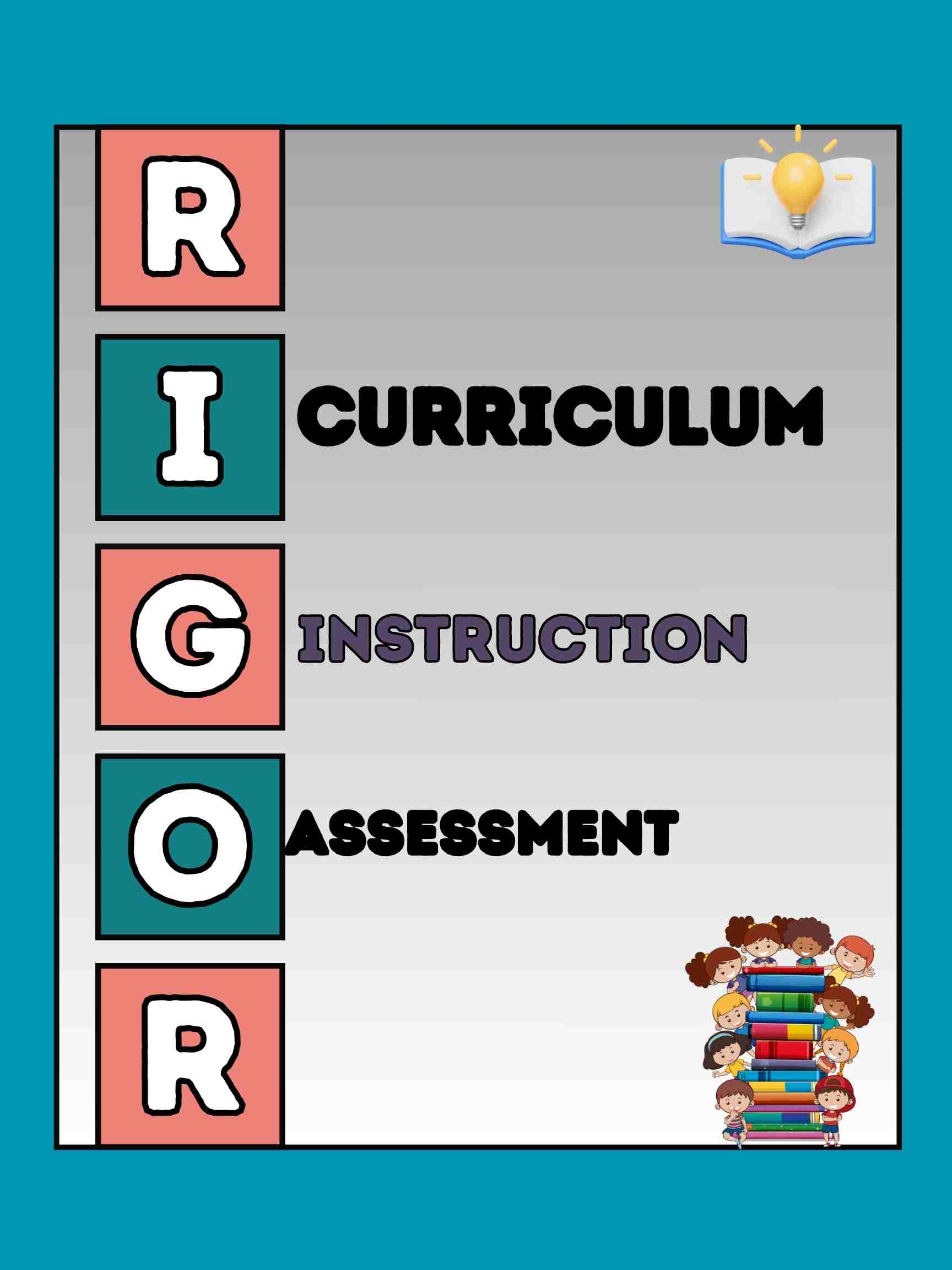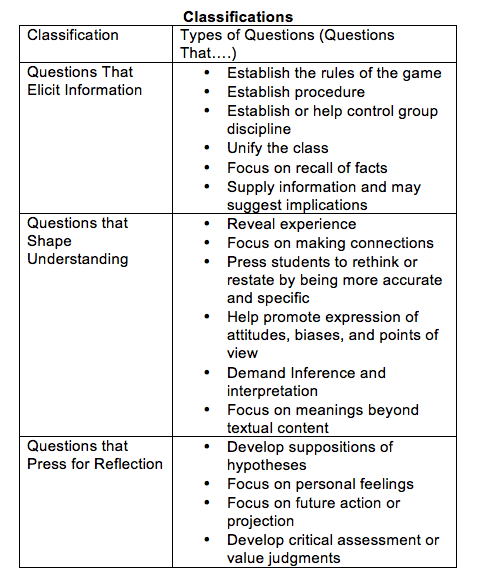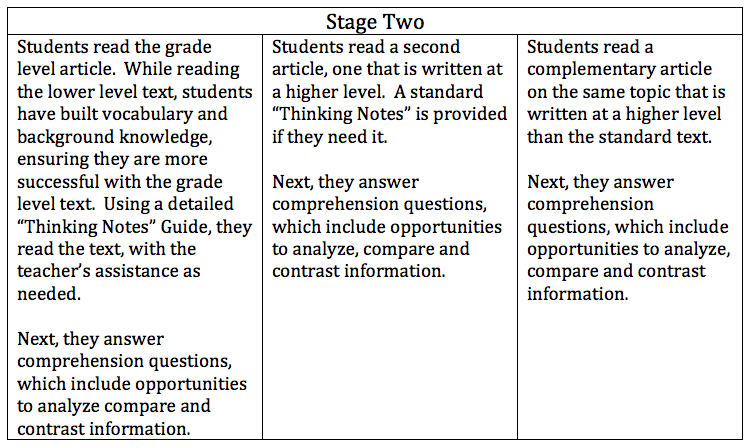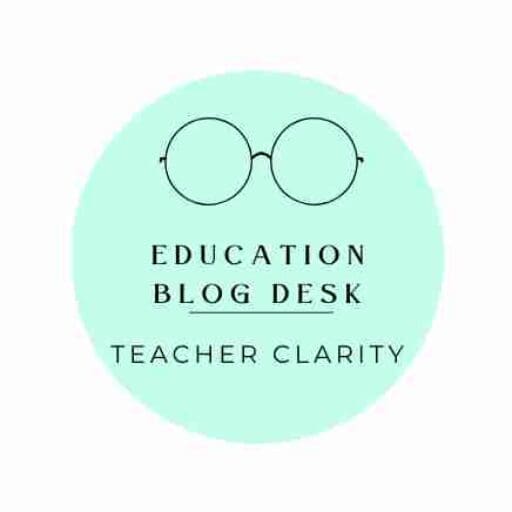
High Levels of Learning
In her book, Rigor is Not a Four Letter Word, Barbara Blackburn outlines five essential traits of High Levels of Learning, or Rigor:
- High Expectations
- Instruction: High-Level- Questioning
- Instruction: Differentiation
- Addressing Motivation (Value and Success)
- Increasing Student Engagement
High Expectations
At the start of new school year we are busy with meeting and planning school stuff but we also need to focus on laying the foundation for learning for the new year. That HAS to start with relationships according to Jason Kennedy, author of [Relationships are the Foundation Learning is Built on].

The article “Relationships are the Foundation on which All Learning is Built” emphasizes the importance of building positive relationships with students as a cornerstone of effective teaching. This aligns with Blackburn’s Rigor framework, which focuses on creating a rigorous learning environment that fosters student engagement and success. Key connections include:
- Belief in Student Potential: Just as Blackburn advocates for creating an environment where all students can achieve high levels of learning, the article emphasizes the necessity of believing that all students can and want to learn.
- Positive Relationships: The article stresses that positive relationships with students are foundational for any educational success. Blackburn’s framework also supports the idea that strong relationships lead to higher levels of cognitive engagement and learning.
- Intentionality in Teaching: The article calls for purposeful decisions in interactions with students, paralleling Blackburn’s emphasis on intentional teaching practices that foster rigor and support varied learning needs.
- Love for Students: The article suggests that loving students—choosing to prioritize their well-being and development—is crucial for creating an effective learning environment. This notion complements the Rigor framework by highlighting the necessity of providing emotional and academic support for students.
In summary, the emphasis on relationships, belief in student potential, and intentional teaching practices in the article resonate well with the key components of Blackburn’s Rigor framework. Both advocate for an educational approach that prioritizes student well-being and engagement in
High Level Questioning
Understanding a concept can be likened to climbing a mountain. You might begin at the ground level, but to truly grasp the complete picture, reaching the top is vital. This journey demands careful, step-by-step progress, as climbing higher often becomes more challenging. However, the spectacular view from the summit makes the effort worthwhile. Blackburn uses this analogy to illustrate the process of understanding. To encourage rigor, Blackburn employs levels of questioning, suggesting a model known as the Three Classifications.
In their insightful book, “Asking Better Questions,” Norah Morgan and Juliana Saxton categorize questions based on their purpose. They introduce three main types: Questions that Elicit Understanding, which are designed to uncover existing knowledge; Questions that Shape Understanding, which invite personal thoughts and feelings; and Questions that Press for Reflection, which stimulate critical and creative thinking. Each category includes various specific questions tailored to enhance the conversation.

Morgan and Saxton also provided examples of questions for each classification related to the causes of World War Two to help us better understand them.

Differentiated Instruction
Blackburn addresses the role of rigor in the differentiated classroom. In her article How to Teach Them All without Sacrificing Rigor, Blackburn asserts to truly support our students’ learning and development, we cannot simply make things easier for them. In Blackburn’s book Rigor is Not a Four-Letter Word, she describes rigor as the creation of an environment where:
- Every student is expected to reach high levels of understanding,
- Each student receives the support they need to achieve those high levels, and
- Everyone can show what they’ve learned at those expected high levels.
Blackburn explains to cultivate a genuinely rigorous differentiated classroom, we can merge Tomlinson’s differentiation strategies with our definition of rigor to form a cohesive framework. Let’s align our concept of rigor with three key differentiation approaches.

Blackburn notes the traditional idea of content differentiation evolves into various ways to modify expectations while maintaining high standards. From a rigor perspective, the process or instruction involves tailoring the support provided, ensuring all students have what they need to thrive. Finally, the product or assessment showcases how well students grasp essential concepts.
Example of Differentiated Lesson with Webb’s Depth of Knowledge
Blacburn asks to Imagine a classroom sets high expectations for all students while ensuring everyone engages with the same end assignment. In the lesson we’re exploring, the teacher differentiates the experience using a variety of supports and activities, specifically focusing on reading and comprehending informational texts, like an article.
Standard Lesson
Blackburn explains in a conventional lesson centered on an informational article, the teacher kicks things off by tapping into students’ prior knowledge to assess what they already know about oceans. This could involve leading a brief discussion about the topic to give students a better context. After this, they read an article about oceans tailored to their grade level.
However, the challenge arises: for some students, the article might feel too simple, while others may find it quite challenging, and a few will find it just right. This approach doesn’t effectively cater to the diverse needs of all learners. Now, let’s take a look at a revised lesson that includes tiered instruction with varied support and resources.
Revised Lesson Part One
Blakcburn provides the revamped lesson on reading an informational article about oceans, the teacher starts by activating prior knowledge to gauge what students understand. Some students may fill out an anticipation guide, while those with more advanced insights could create a fact sheet highlighting essential information. Other learners might watch a short video about oceans to help build their foundational knowledge.
Build Rigor Activity
Blackburn explains the next step is students will read the informational article provided. However, in order to build to rigor, there are two stages of reading, with two texts. The teacher rotates to assist each group as needed. In these tiers, students are working at Levels One and Two of Webb’s Depth of Knowledge.


Final Activity/Task
Lastly, Blackburn notes the students come together for a lively whole-class discussion centered around oceans, featuring questions drawn from all the articles they studied. This approach ensures that every student has a chance to engage, regardless of their skill level. The initial questions focus on comprehension, but as the conversation flows, the discussion evolves into deeper Level 3 Questions. These ask students to relate the information they’ve gathered to their own life experiences. Participants are encouraged to explain their previous answers by referencing the texts, providing insight into their thought processes.
Blackburn’s Emphasis on Challenge Level
At the core of effective teaching is the idea of tailored instruction that caters to every learner’s unique needs. To help every student excel, it’s essential to create diverse learning experiences. However, while we adapt our approaches, it’s important not to compromise the challenge level for those who may find certain concepts difficult. By incorporating various supports, like resources and scaffolding techniques, we can set high expectations and enable all students to showcase their understanding in meaningful and challenging ways.
Motivation (Value and Success)
Blackburn asserts student motivation is interrelated with rigor and you cannot separate the two. Blackburn aligns motivational elements of rigor with Dr. Tomlinson’s readiness, interest, and learning styles.
